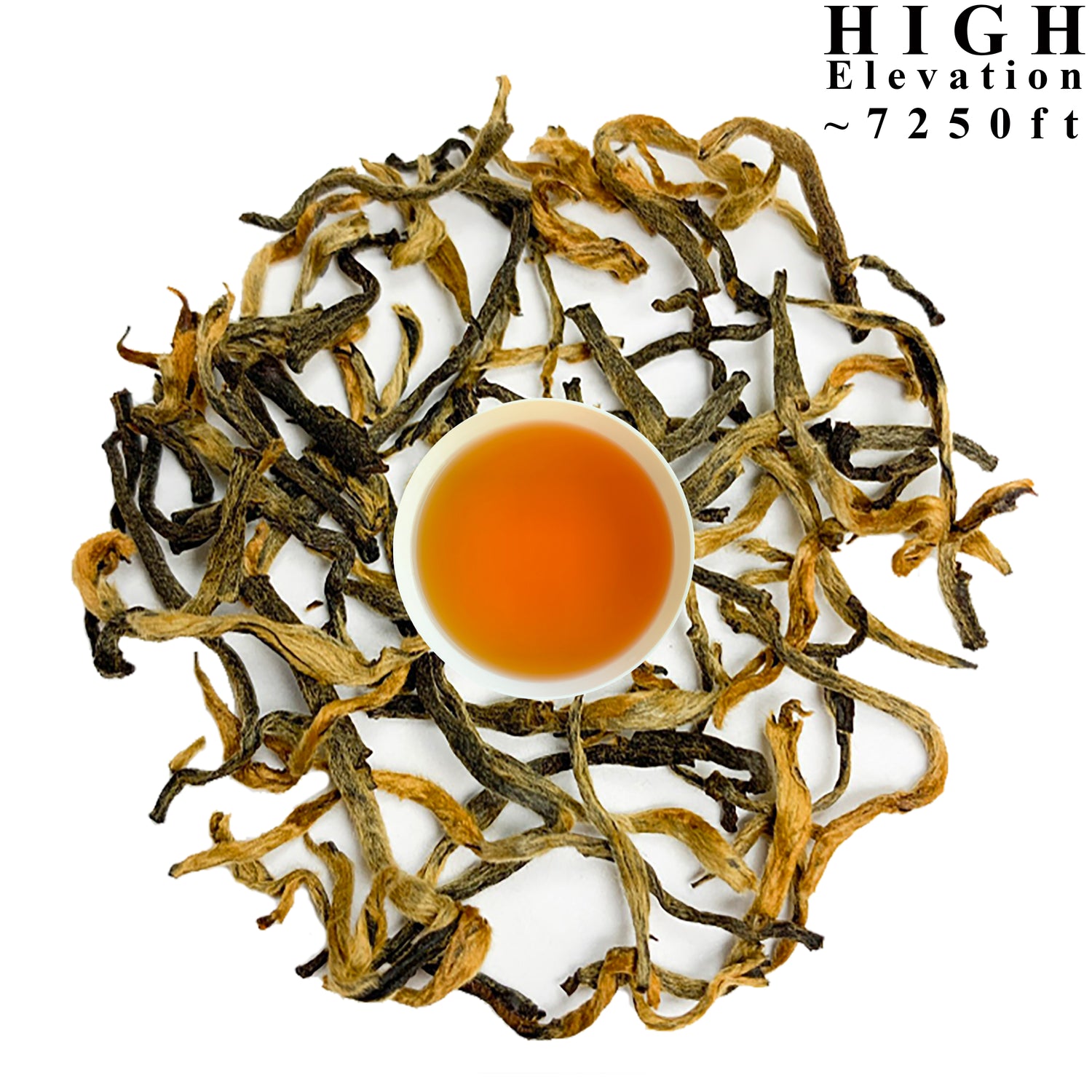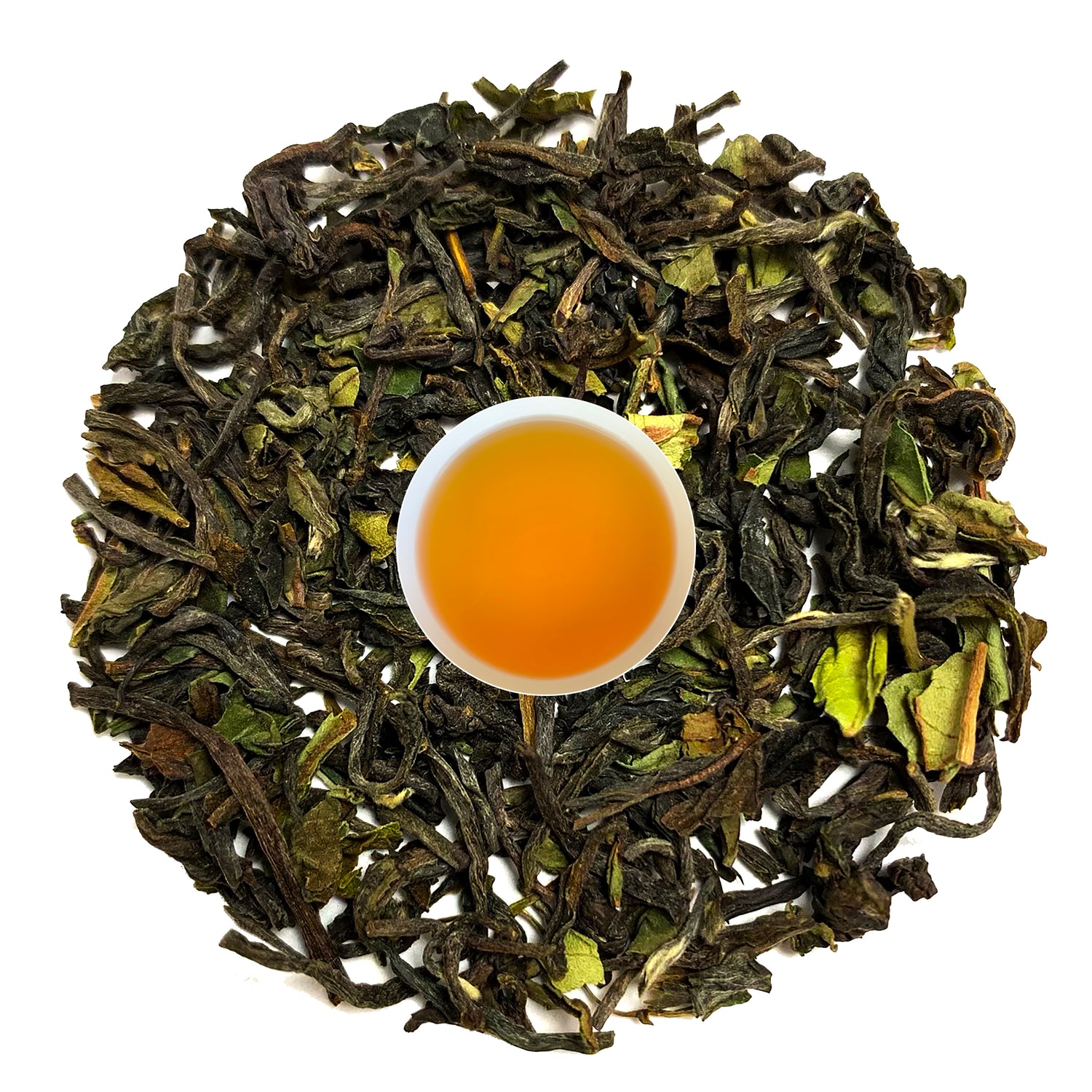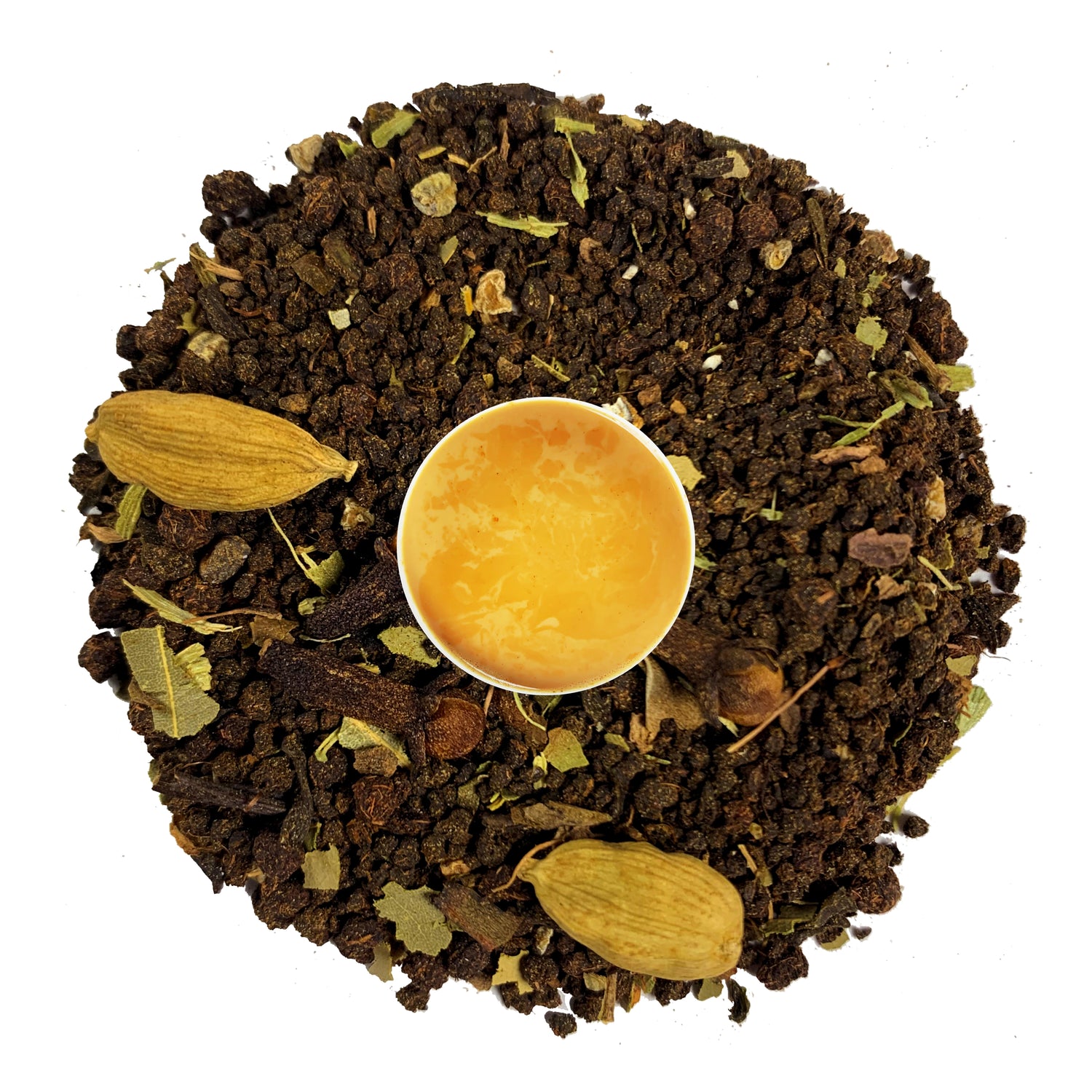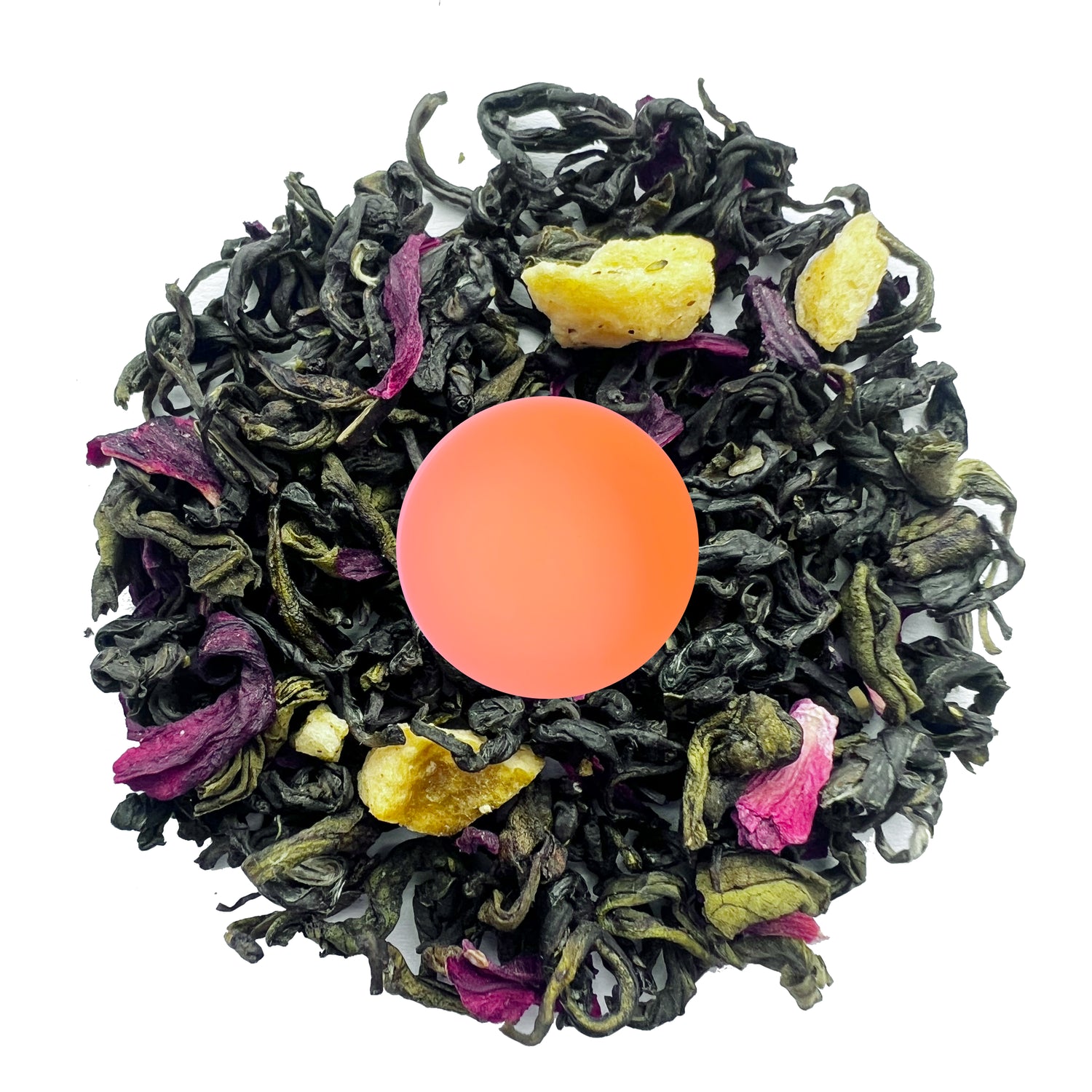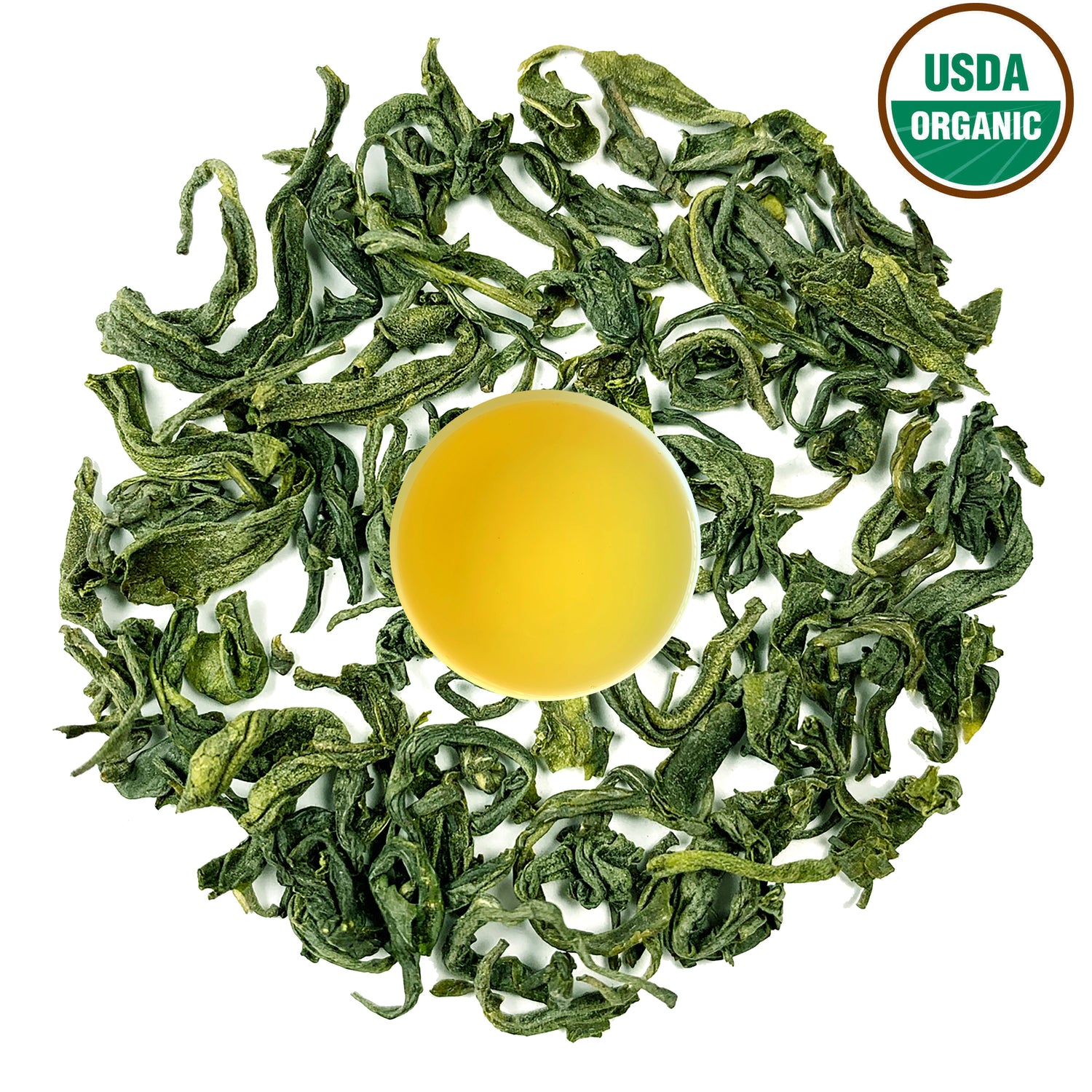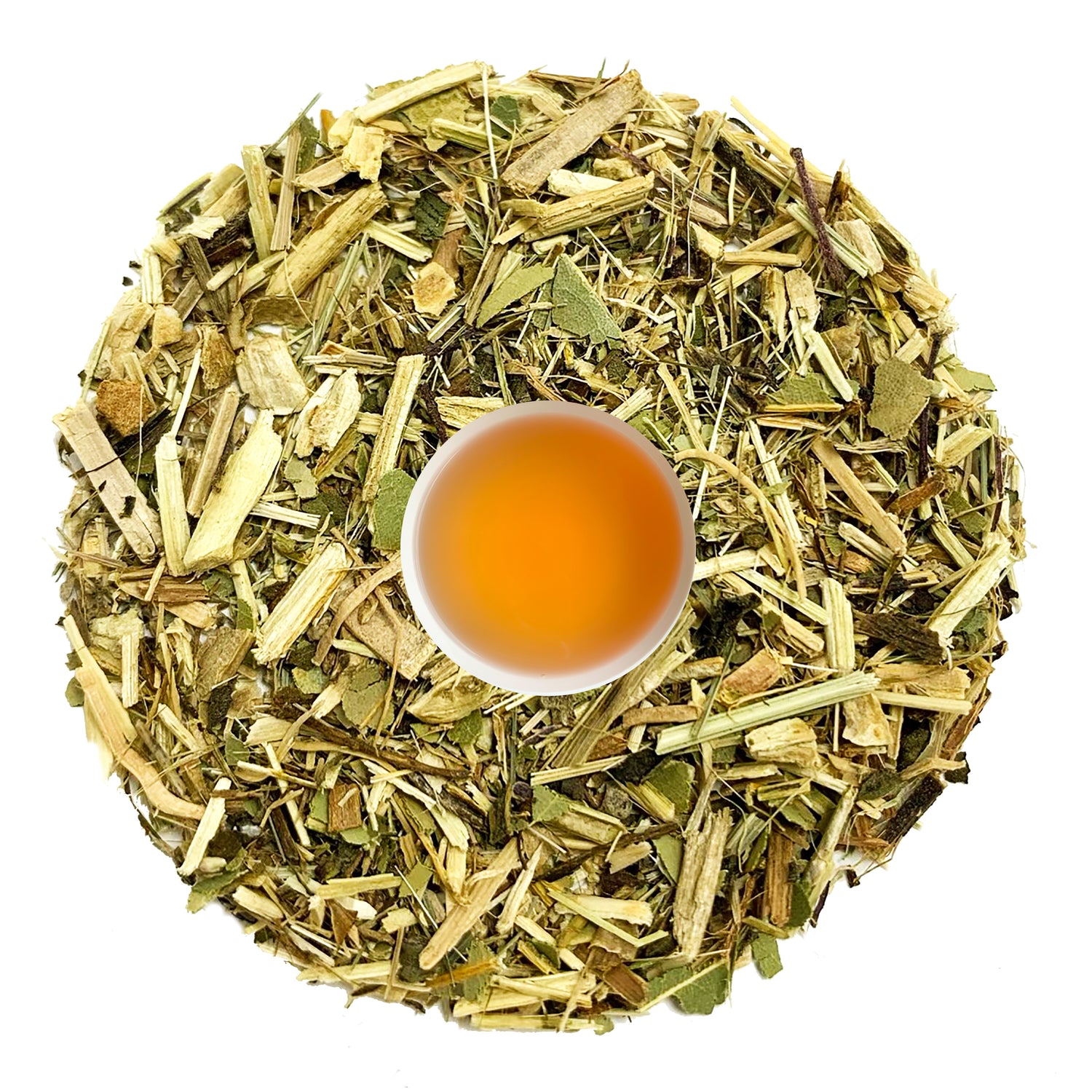
Microplastics in Tea Bags: What You Need to Know
Tea is a symbol of relaxation, wellness, and tradition, enjoyed by millions worldwide. However, recent studies have uncovered a startling fact—many tea bags release microplastics into your cup. These tiny plastic particles, invisible to the naked eye, are now a growing concern due to their potential health and environmental risks.
At Danfe Tea, we prioritize pure, natural, and sustainable tea, ensuring that our customers enjoy a microplastic-free tea experience. This blog will explore the issue of microplastics in tea bags, why it happens, its impact, and how you can choose safer, healthier alternatives.
What Are Microplastics?

Microplastics are tiny plastic particles, less than 5mm in size, that result from the breakdown of larger plastic items or are manufactured for specific uses. These particles are persistent in the environment and are found in food, water, air, and even inside the human body.
Microplastics come in two main forms:
- Primary Microplastics – These are intentionally produced in small sizes, such as microbeads used in cosmetics and cleaning products.
- Secondary Microplastics – These result from the degradation of larger plastic materials, such as plastic packaging and synthetic fibers, due to exposure to sunlight, heat, and friction.
When plastics degrade, they don’t completely decompose. Instead, they break into microscopic fragments, which eventually enter the food chain.
How Do Microplastics Get Into Tea?

Many commercial tea bags are not made entirely of paper. Instead, they contain plastics such as polypropylene, PET (polyethylene terephthalate), or nylon, which help seal the tea bag and maintain its shape in hot water.
When exposed to boiling water, these plastic-based tea bags shed billions of microplastic particles into the tea. A 2019 study by McGill University found that a single plastic tea bag releases around 11.6 billion microplastic particles and 3.1 billion nanoplastic particles into a single cup of tea. These particles are significantly smaller than a human hair and can easily be ingested.
Tea Bag Types and Microplastic Risks
- Silken or Pyramid-Shaped Tea Bags – These are often made from PET or nylon, both of which release microplastics when steeped in hot water.
- Paper Tea Bags with Plastic Sealing – Some traditional tea bags contain a plastic-based adhesive or coating to seal them, making them a hidden source of microplastics.
- Compostable and Biodegradable Tea Bags – While these are often a better choice, some still contain plant-based bioplastics, which can take years to break down completely.
Health Risks of Consuming Microplastics
Although research is ongoing, scientists are increasingly concerned about the potential health effects of microplastic consumption. Some possible risks include:
- Inflammation and Cellular Damage – Microplastics can accumulate in the body, leading to inflammation and possible cellular damage.
- Toxin Exposure – Microplastics can absorb harmful chemicals like pesticides and heavy metals, which may be released in the body upon ingestion.
- Hormonal Disruption – Some plastics contain endocrine disruptors like BPA, which may interfere with hormone regulation.
- Gut Health Issues – Studies suggest that excessive microplastic consumption can alter gut microbiota, leading to digestive issues.
While more studies are needed to understand the full impact, it’s clear that reducing microplastic intake is a precautionary step towards better health.
Environmental Impact of Microplastics in Tea Bags
Beyond personal health concerns, microplastics from tea bags contribute to environmental pollution. When plastic-based tea bags are discarded, they do not fully decompose, instead breaking down into smaller particles that contaminate soil and water sources.
- Water Pollution – Microplastics enter rivers, lakes, and oceans, harming marine life that unknowingly ingests them.
- Soil Contamination – Plastic tea bags disposed of in compost or landfills release microplastics into the soil, affecting plant and microbial life.
- Wildlife Impact – Animals consuming microplastics may suffer from malnutrition, digestive issues, or even death due to plastic accumulation in their bodies.
Sustainable tea-drinking habits can help reduce this impact, making conscious choices essential.
How to Avoid Microplastics in Tea

1. Choose Loose Leaf Tea
One of the easiest ways to avoid microplastics is to switch to loose leaf tea, which eliminates the need for tea bags altogether.
-
Danfe Tea offers premium loose-leaf options that provide better flavor, higher quality, and zero microplastic contamination.
2. Look for Plastic-Free Tea Bags
If you prefer the convenience of tea bags, opt for brands that offer 100% compostable, plastic-free, and biodegradable tea bags.
-
Check for materials like unbleached paper or organic cotton, which are free from plastic and safe for the environment.
3. Use a Stainless Steel or Glass Infuser
For those who love the ease of a tea bag but want to avoid plastic, a stainless steel tea infuser or glass tea strainer is an excellent alternative.
4. Verify Brand Transparency
Brands that disclose their tea bag materials are more likely to offer safer alternatives. At Danfe Tea, we are committed to providing pure, plastic-free tea experiences with transparency about our sourcing and packaging.
5. Brew Mindfully
Avoid steeping tea in plastic cups or containers, as heat can cause additional plastic leaching into your beverage.
Danfe Tea’s Commitment to a Microplastic-Free Future
At Danfe Tea, we understand that true wellness comes from pure and natural ingredients. That’s why we ensure:
- Our teas are loose-leaf and free from plastic contaminants.
- We use eco-friendly, sustainable packaging to reduce environmental impact.
- Our tea bags (if used) are plastic-free, compostable, and unbleached.
By choosing Danfe Tea, you’re not only protecting your health but also supporting a cleaner, greener planet.
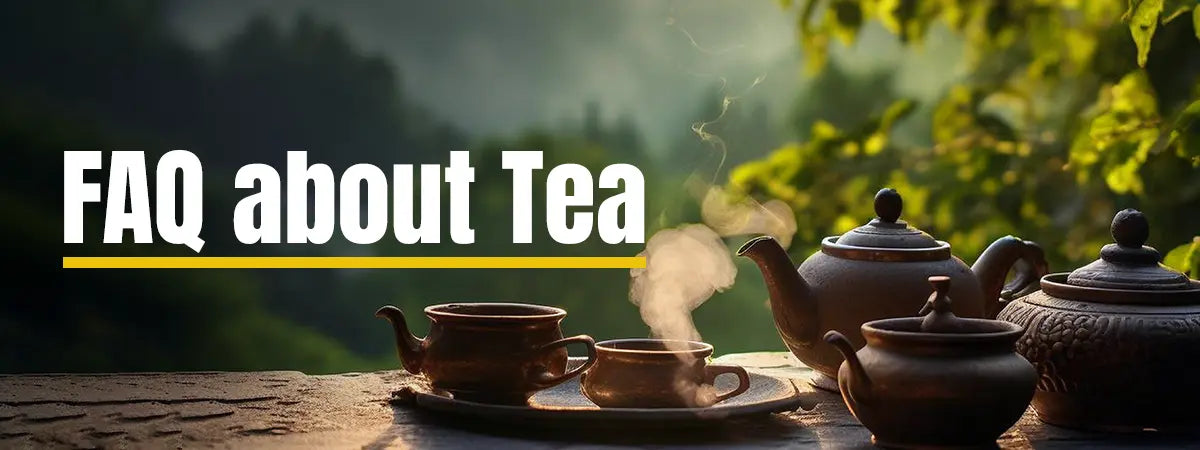
Frequently Asked Questions (FAQs)
1. Are all tea bags made with plastic?
Not all, but many commercial tea bags contain plastic to seal the edges or maintain their structure. Always check the label or choose loose leaf tea.
2. How can I tell if my tea bag contains plastic?
If a tea bag has a shiny surface or is pyramid-shaped, it likely contains plastic. Paper tea bags with heat-sealed edges may also include plastic.
3. What are the safest alternatives to plastic tea bags?
Loose-leaf tea, stainless steel infusers, glass teapots, or verified plastic-free tea bags are the safest options.
4. Does Danfe Tea use plastic in its tea bags?
No. Danfe Tea is committed to providing plastic-free, biodegradable, and eco-friendly tea packaging.
5. Can I compost my tea bags?
Only if they are labeled as 100% compostable and plastic-free. Otherwise, microplastics may contaminate the compost.

